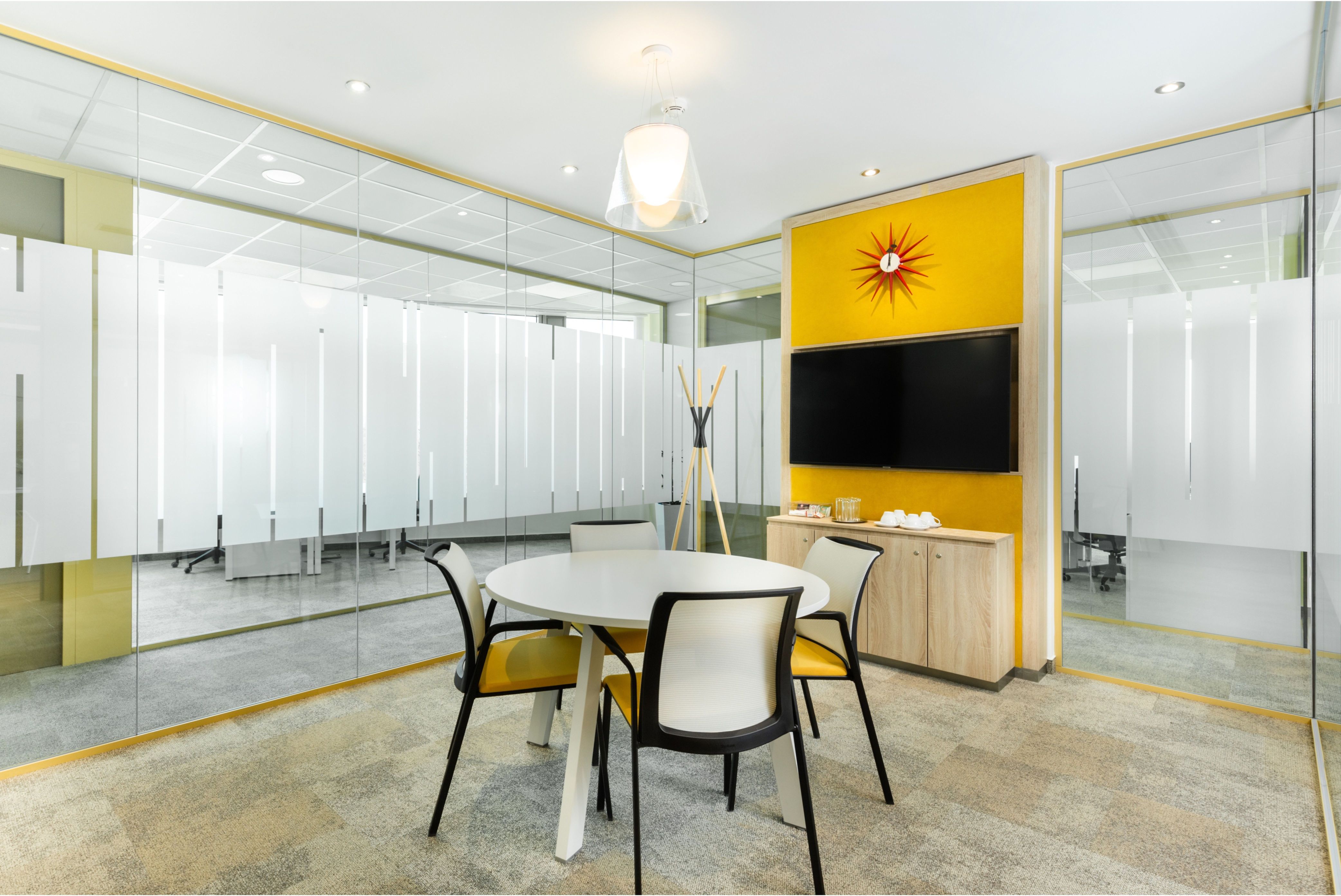Q1-3 Real Estate Investment Lowest in CEE for a Decade

Will the sun rise on a better investment market in Hungary in 2024?
Photo by Dmitry Pistrov / Shutterstock.com
Investment figures for the first three quarters of the year (the most up-to-date statistics at the time of writing) have fallen in Hungary and Central and Eastern Europe, according to iO Partners and JLL and Colliers. This reflects the current cautious wait-and-see strategy being adopted by investors.
The leading market in the region remains Poland, with EUR 1.6 billion in investment volume for the period, followed by the Czech Republic at EUR 1.2 bln. Hungary traditionally comes third after these countries regarding commercial real estate volume, with EUR 550 million in deals recorded for Q1-3 2023.
This represents the lowest level of investment activity in the CEE over the past 10 years; the markets have shrunk by 59% in Hungary, Poland, the Czech Republic, Slovakia and Romania, according to iO Partners and JLL.
Prime office yields have shifted by 75-100 basis points, with Prague having the lowest in the region, having moved out from 4.5% to 5.5%. Prime office yields for Warsaw have shifted from 5% to 5.75%, and Budapest has moved from 5.5% to 6.5%. Hungary, therefore, provides a significant yield premium on both Western European markets and Poland and the Czech Republic. Romania has the highest prime office yields in Central Europe at 7.75%.
Colliers estimates Budapest office yields at 6.25%, industrial at 6.5% and shopping centers at 7.5%. This compares to the lowest CEE yield in Prague at 5.25% for office, with industrial at 5% and shopping centers at 6%. By way of comparison, Germany, for example, has yields below 5% for office and industrial.

Kevin Turpin, director of CEE capital markets at Colliers.
Mind the Gap
A clear gap remains as to pricing between buyers and sellers. Further, there is a lack of evidence, particularly at the high end of the markets. Prime yields in core CEE markets are seen as having a yield spread of 100-150 basis points with Western Europe.
Regarding market sectors, average yields for the region are the highest for shopping centers at 7%, followed by industrial at 6.75% and office at 6.5%, the figures from iO Partners and JLL show.
In the first three quarters of 2023, domestic CEE investors have been responsible for about 60% of all investment volumes in the CEE-6 (Bulgaria, the Czech Republic, Hungary, Poland, Romania, and Slovakia), with Czech capital transacting 33% of the volume and Hungarian capital 9% according to Colliers.
“International investors are assessing the challenges and opportunities both in their own and international markets. As a result, there is currently less competition for domestic capital in CEE,” says Kevin Turpin, director of CEE capital markets at Colliers.
Challenges Remain
“International investors will be back and active on the sell and buy sides once the pricing gap has closed. The next 12-18 months will be a great time to acquire real estate, yet challenges remain with international and institutional capital applying caution in general, not just towards CEE,” he adds.
Rita Tuza, director of capital markets at iO Partners Hungary, says Hungarian investors undertook 70% of investment deals in the first three quarters of the year. Colliers, meanwhile, expects CEE investment volumes for the CEE-6 to be EUR 4 bln-4.5 bln.
“The global outlook remains quite mixed: while we are starting to have more clarity on inflation, this does not necessarily mean more clarity on rates or the threat of a banking crisis and a potential credit crunch in advanced economies,” Turpin points out.
“Other geopolitical and COVID-related crises remain in place, which explains why the global economic outlook, along with the CEE-6’s outlook, worsened a bit compared to a few months ago. That said, as long as no external event is driving a material downward shift in economic activity in the Eurozone, we would expect the CEE to continue to outgrow their Western partners over the long term, thanks to EU funds and an attractive business backdrop,” he says.
“It is difficult to be precise, but at the moment, indications suggest a turnaround in the investment markets towards the end of 2024 and into 2025. It is already happening to some extent, but at a slower pace than other markets in Europe,” Turpin concludes.
This article was first published in the Budapest Business Journal print issue of December 15, 2023.
SUPPORT THE BUDAPEST BUSINESS JOURNAL
Producing journalism that is worthy of the name is a costly business. For 27 years, the publishers, editors and reporters of the Budapest Business Journal have striven to bring you business news that works, information that you can trust, that is factual, accurate and presented without fear or favor.
Newspaper organizations across the globe have struggled to find a business model that allows them to continue to excel, without compromising their ability to perform. Most recently, some have experimented with the idea of involving their most important stakeholders, their readers.
We would like to offer that same opportunity to our readers. We would like to invite you to help us deliver the quality business journalism you require. Hit our Support the BBJ button and you can choose the how much and how often you send us your contributions.










